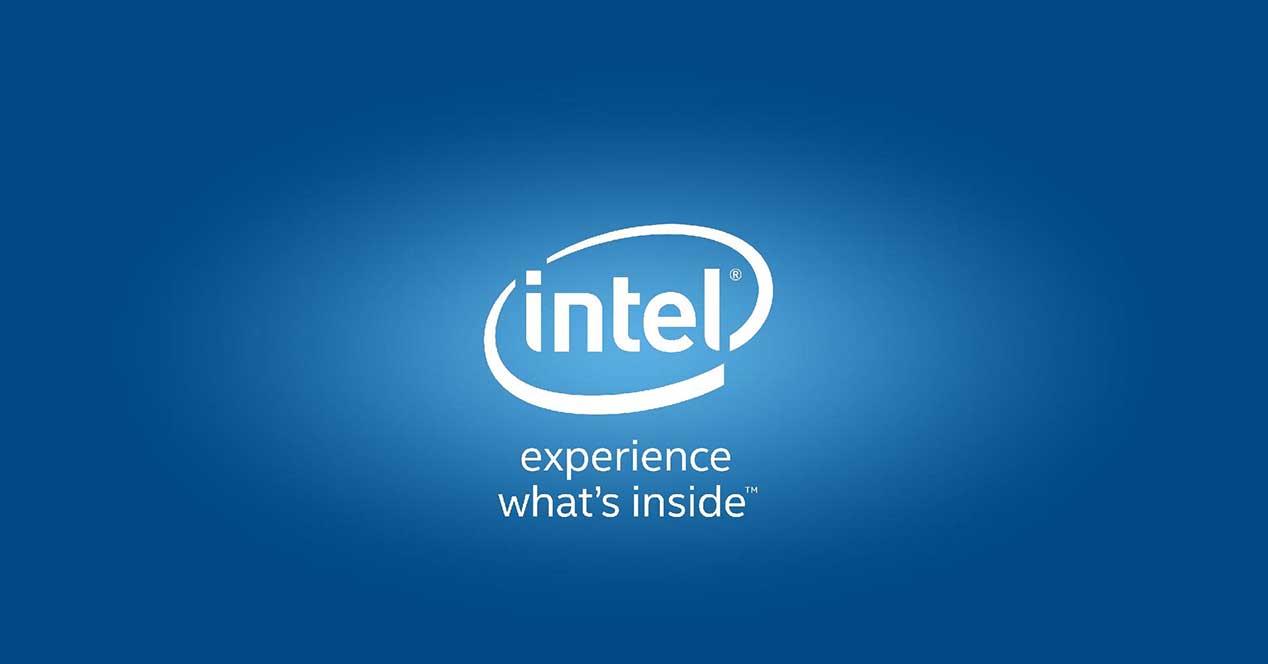
Intel Deep Learning Boost, used for machine learning/ artificial intelligence inference acceleration.Hardware acceleration for SHA operations ( Secure Hash Algorithms).Dynamic Tuning 2.0 which allows the CPU to stay at turbo frequencies for longer.On average 18% increase in IPC in comparison to 2015 Skylake running at the same frequency and memory configuration.CPU įurther information: Sunny Cove (microarchitecture) Pre-orders for laptops featuring Ice Lake CPUs started in August 2019, followed by shipments in September. Furthermore, the first two numbers in the model number correspond to the generation of the chip, while the third number dictates the family the CPU belongs to (i3, i5, etc.) thus, a 1035G7 would be a 10th generation Core i5 with a package power of 15 watts and a G7 GPU. Instead, Intel uses a trailing number before the GPU type to indicate their package power "0" corresponds to 9 W, "5" to 15 W, and "8" to 28 W. The Y-series CPUs lost their -Y suffix and m3 naming. On August 1, 2019, Intel released the specifications of Ice Lake -U and -Y CPUs. The architecture also includes an all-new HEVC encoder design. Gen11 graphics also introduces tile-based rendering and Coarse Pixel Shading (CPS), Intel's implementation of variable-rate shading (VRS). Feeding these execution units is a 3 megabyte 元 cache, a four-fold increase from Gen9.5, alongside the increased memory bandwidth enabled by LPDDR4X on low-power mobile platforms. Each execution unit supports 7 threads, meaning that the design has 512 concurrent pipelines. Ice Lake features Intel's Gen11 graphics, increasing the number of execution units to 64, from 24 or 48 in Gen9.5 graphics, achieving over 1 TFLOPS of compute performance. Intel stated that the performance improvements would be achieved by making the core "deeper, wider, and smarter". Intel released details of Ice Lake during Intel Architecture Day in December 2018, stating that the Sunny Cove core Ice Lake would be focusing on single-thread performance, new instructions, and scalability improvements. Ice Lake is built on the Sunny Cove microarchitecture. Ice Lake was designed by Intel Israel's processor design team in Haifa, Israel. Several mobile Ice Lake CPUs were discontinued on July 7, 2021. Ice Lake-SP will be succeeded by Sapphire Rapids, powered by Golden Cove cores. Ice Lake's direct successor in mobile is Tiger Lake, a third-generation 10 nm processor family using the new Willow Cove microarchitecture and integrated graphics based on the new Intel Xe microarchitecture.
ICE DRIVER INTEL SERIES
Intel officially launched Xeon W-3300 series workstation processors on July 29, 2021. Sunny Cove-based Xeon Scalable CPUs (codenamed "Ice Lake-SP") officially launched on April 6, 2021. There are no Ice Lake desktop or high-power mobile processors Comet Lake fulfills this role. Ice Lake CPUs are sold together with the 14 nm Comet Lake CPUs as Intel's "10th Generation Core" product family.

In this new naming scheme, Ice Lake's manufacturing process is called simply 10 nm, without any appended pluses. However, Intel altered their naming scheme in 2020 for the 10 nm process. Produced on the second generation of Intel's 10 nm process, 10 nm+, Ice Lake is Intel's second microarchitecture to be manufactured on the 10 nm process, following the limited launch of Cannon Lake in 2018. Ice Lake represents an Architecture step in Intel's Process-Architecture-Optimization model. Ice Lake is Intel's codename for the 10th generation Intel Core mobile and 3rd generation Xeon Scalable server processors based on the Sunny Cove microarchitecture. Same generation: Cooper Lake (14 nm, 4S/8S systems)


 0 kommentar(er)
0 kommentar(er)
